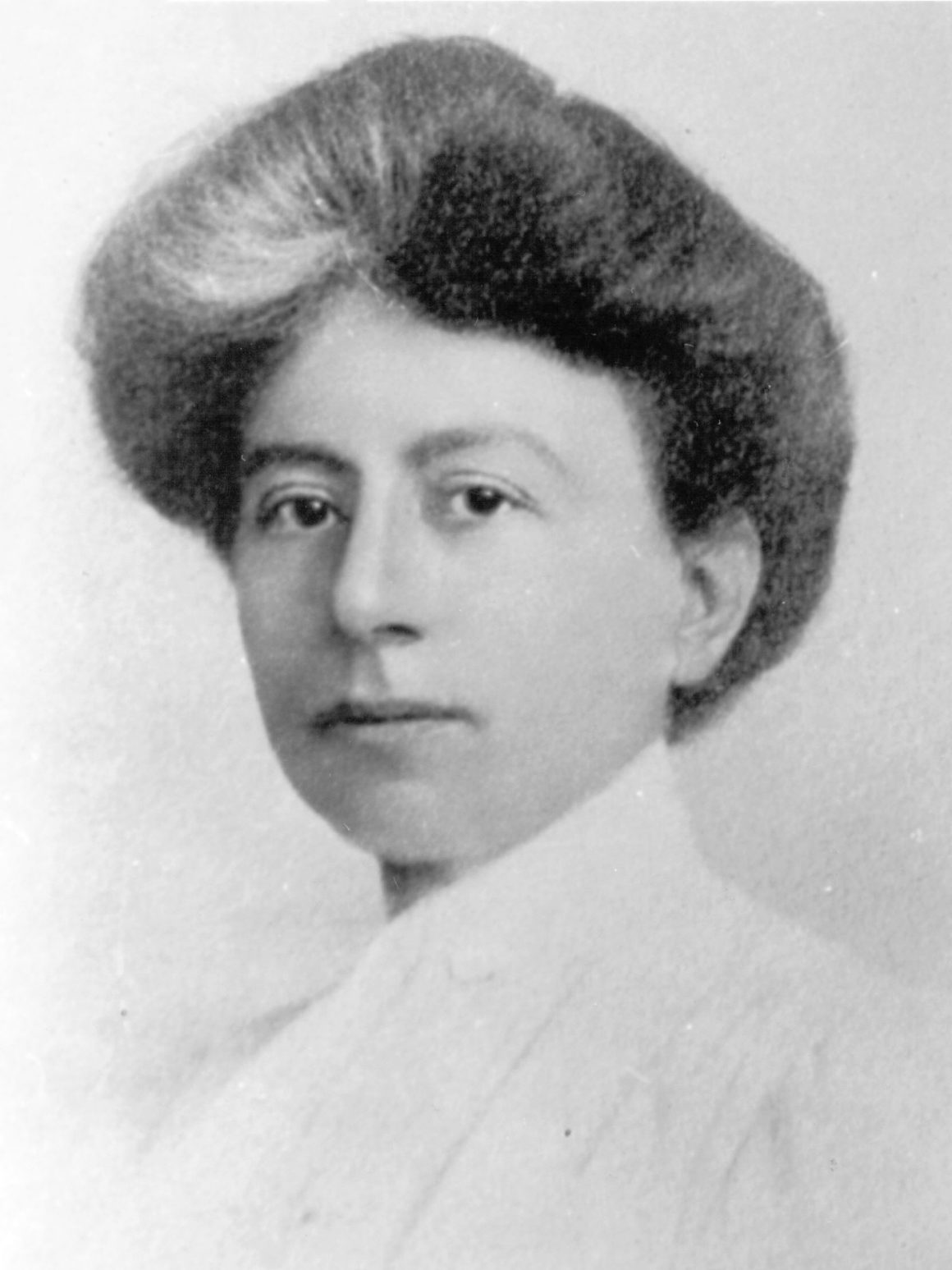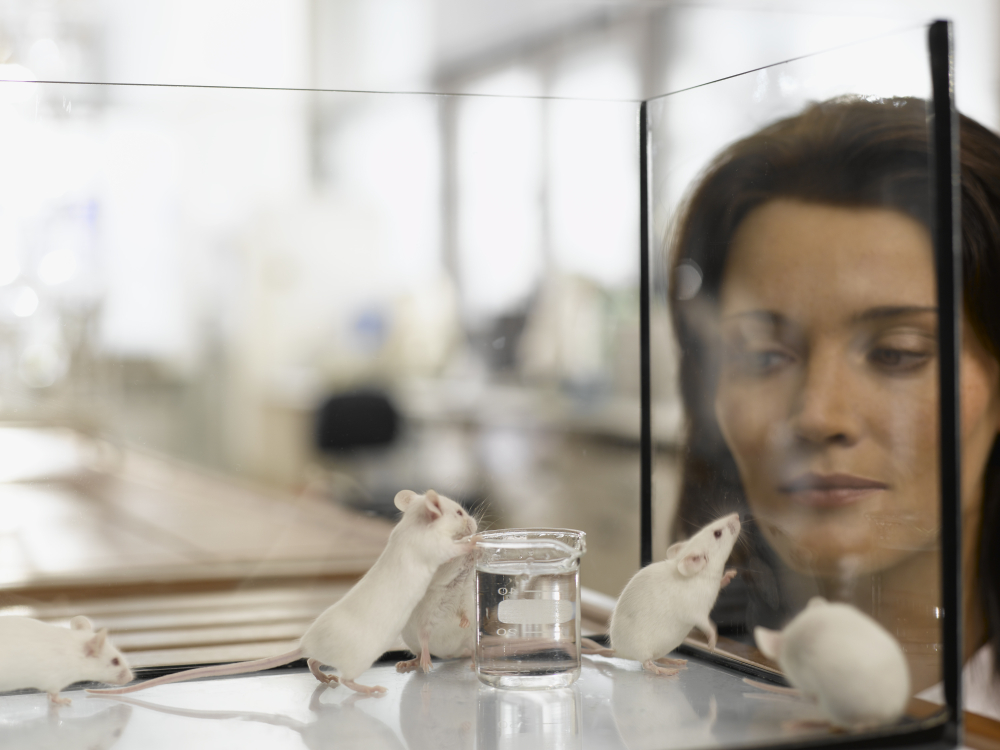The first woman to earn a doctoral degree in the field of psychology in America was Margaret Floy Washburn back in 1894.

In addition to having an unbridled passion for psychology, she was also an advocate for equal opportunities for women in education.
Table of Contents
Where was Margaret Floy Washburn from?

Dr. Washburn was born in New York City on July 25th, 1871.
She spent the majority of her life located in the state of New York, eventually moving from NYC to Poughkeepsie.
What higher educational facilities did she attend?
Dr. Washburn began her higher educational years at Vassar College from where she graduated in 1893 in absentia.
She went on to attend Cornell University. There, she studied under her doctoral advisor, Edward B. Titchener.
Did Dr. Washburn encounter any difficulties obtaining her Ph.D.?

She most certainly did. At that time, there were a lot of negative feelings toward the concept of women gaining an education.
Proof of this came when she sought to attend Columbia University at a time when this esteemed university had not yet allowed women to be graduate students.
Columbia took her in, but, to her dismay, only as an auditor. After that, the doctor tried and succeeded at getting accepted as a graduate student at Cornell.
At this time, Cornell had just organized the newly established Sage School of Philosophy.
Margaret Floy Washburn began her studies at Cornell University after receiving a scholarship in 1891,
What was Margaret Floy Washburn’s major in college?
She majored in psychology. When she was a graduate student, as an experiment Dr. Washburn conducted a study of equivalences in tactual perception and all its associated methods.
Ultimately, Margaret Floy Washburn decided to make this the subject of her master’s thesis.
Were any other women up for this distinguished honor prior to Dr. Washburn?

Yes, a woman named Mary Whiton Calkins. Ms. Calkins was denied the opportunity to become the first woman Ph.D. in psychology, however, strictly based on her gender.
She did go on to become the first woman APA President in 1921.
What else can we learn about Dr. Washburn?
Following the footsteps of Mary Whiton Calkins, Margaret Floy Washburn went on to become the second woman APA President in history.
Needless to say, Dr. Washburn excelled at this position too.
What is Dr. Washburn best known for?

Early in the 20th century, Dr. Washburn conducted experimental work in both motor theory development and animal behavior.
During her professional tenure, she drew upon German and French experiments of high mental processes and had amazing results.
Dr. Washburn is credited with other notable accolades as well and is ranked number 88 on the list of most cited psychologists of that century.
She serves as an inspiration to many women in today’s society.
What about her professional career?
Also of significance in the 20th century were Margaret Floy Washburn’s substantial additions to developments in psychology.
Because of her efforts, psychology was finally officially designated as both a scholarly profession and a science.
Doctor Washburn also has a thirty-five-year history of published writings in various psychological niches.
This includes over 125 articles for acclaimed publications. Her work is still used today.
How else did Dr. Washburn contribute to the world of psychology?

Margaret Floy Washburn was one of the first women to enter this field. She set out to prove that women can make a difference in this industry.
Doctor Washburn argued that an animal’s mental state had an effect on its behavior. She performed a lot of research on this topic to support her argument.
Instead of concentrating her research on rodents, the doctor looked at the behavior of more than 100 separate species of animals.
Dr. Washburn was successful in this, as was her book from 1908 called The Animal Mind – it is still used today to study animal behavior.
Margaret Floy Washburn was also a great teacher
A little later in her life, Doctor Washburn taught psychology at a vast number of colleges, including Vassar College.
To support her teaching, she authored a textbook that focused on the comparative study of animals.
Who was Inez Beverly Prosser?

Dr. Inez Prosser was the first black woman to earn a doctoral degree in the field of psychology. Inez Beverly Prosser was born in San Marcos, Texas in late 1895.
The daughter of Ms. Veola Hamilton Beverly and Mr. Samuel Andrew, Dr. Prosser went on to have an illustrious and fruitful career and to become a role model for young women everywhere.
When and where was Doctor Prosser educated?
Back in 1921, Inez Beverly Prosser began her journey towards earning a bachelor’s degree at Samuel Huston College.
In 1926, she completed a major in psychology and a minor in English, earning high honors for both.
Later on in her life, Dr. Prosser attended and ultimately graduated from the University of Cincinnati in Ohio.
It was there that Dr. Prosser earned her distinctive Ph.D. in Educational Psychology.
Inez Beverly Prosser overcame adversity in her life

Although she faced adversity, she never let that deter her from her goals.
Inez Beverly Prosser received a well-rounded education while succeeding in her endeavors and went on to become a historical figure in United States history.
Today, she is admired for the success that came from her positive attitude and perseverance.
What were some of Dr. Prosser’s lifetime achievements?
- Graduated from high school at the top of her class
- Graduated at the top of her class from Prairie View State Normal and Industrial College
- Graduated from that college with a teaching certificate
- Earned a bachelor’s degree while also teaching
- Earned a master’s degree while teaching in local schools
- Became the first black woman to receive a Ph.D. in psychology in 1933
- Became an active voice for African American children
- Became extremely influential in education
Commemorating Dr. Inez Beverly Prosser

Back in April 2008, the 75th anniversary of Doctor Prosser earning her Ph.D. in educational psychology was celebrated.
The McMicken’s Department of Psychology at the University of Cincinnati was responsible for doing the honors. It was a marvelous celebration of an incredible woman in the United States’ history.
Although other women, such as Margaret Floy Washburn, have also been acknowledged by this institution, Dr. Inez Beverly Prosser completed her doctorate there in 1933, giving her a direct connection to the department.
Concluding Thoughts
Both Margaret Floy Washburn and Inez Beverly Prosser left a major imprint on the world of psychology as well as in women’s history.
They are both inspirational, not only for women but for everybody – they paved the way for many of the individual niches in psychology today.




